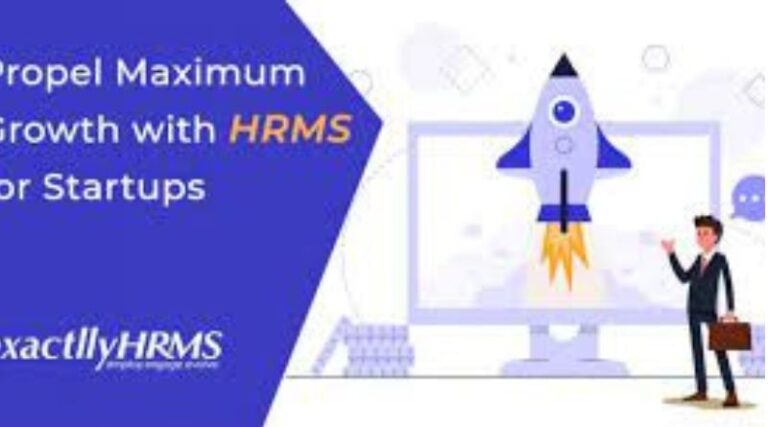HRMS For Startups is an essential tool for any business. They provide an efficient and cost-effective way to manage employee records, payroll, benefits, and other HR functions. With the help of HRMS For Startups, employees can save time by streamlining the recruitment process, automating administrative tasks, and easily tracking employee performance. In this blog post, we will discuss how HRMS For Startups can save time for employees and the many benefits of using this technology.
What is HRMS?
HRMS stands for Human Resource Management Systems. It is a tool that helps businesses streamline their HR processes and manage employee data more efficiently. An HRMS is designed to help employers manage the day-to-day tasks of HR, such as payroll, attendance tracking, employee onboarding, and recruitment. It also provides a comprehensive view of employee performance and progress by collecting and organizing employee data in one centralized location.
HRMS systems are designed to automate certain tasks to save time for employers and employees. By automating tedious manual processes, employers can free up resources to focus on more strategic tasks. Additionally, with automated payroll and leave tracking, employees can stay informed about their payments, benefits, and entitlements. Ultimately, an HRMS is meant to simplify the HR process and make it more efficient for everyone involved.
How does HRMS save time for employees?

HRMS (Human Resource Management Systems) are designed to help manage a company’s personnel, streamline processes, and improve efficiency. This means that HRMS can save time for employees by taking care of a number of important tasks and processes related to human resources.
HRMS can automate processes such as attendance tracking, onboarding, payroll, and employee performance evaluations. This automation helps ensure that these tasks are completed in a timely manner and allows employees to focus their efforts on other tasks.
HRMS can also facilitate the sharing of information among departments, reducing the time spent manually inputting data. They can also be used to create efficient workflows, allowing employees to quickly complete tasks with minimal effort. Finally, many HRMS solutions offer real-time reporting capabilities that allow managers to quickly identify any issues or discrepancies with employee records.
Overall, HRMS can be an invaluable tool for startups to save time for employees. By automating routine tasks, streamlining processes, and facilitating the sharing of information, HRMS can enable startups to quickly adapt to changing business conditions and remain competitive in the marketplace.
What are some features of HRMS?

HRMS (Human Resources Management Systems) are software solutions designed to streamline and optimize HR processes, such as recruitment, onboarding, training, payroll, time tracking, and performance management. This type of software offers a number of features that can save time for both employers and employees.
One of the most important features of HRMS is its ability to automate tedious administrative tasks, such as payroll calculations, time tracking, and reporting. HRMS systems can also help manage employee records, including personal information, skills, and training history. Additionally, some HRMS software solutions offer features for recruiting and onboarding new employees, including creating job postings, candidate screening, and automated onboarding documents.
Other popular features of HRMS include performance management tools, allowing employers to track employee performance and take action when needed; communication and collaboration tools, which help facilitate better communication between managers and employees; as well as compliance tools to ensure HR processes adhere to legal standards.
Finally, some HRMS systems offer analytics and reporting capabilities that allow employers to measure employee engagement, productivity, and retention rates. These features are especially useful for startups that need to track how their people’s investments are paying off.
How do I get started with using an HRMS?
If you’re a startup or small business looking for an HRMS, there are a few steps to take in order to get started. First, do some research to decide which system will best meet your needs. There are a variety of options available with different features, so make sure you understand the features and functionality you need before investing in a system. Next, consider the cost – make sure the pricing fits within your budget.
Once you’ve decided on an HRMS that fits your budget and meets your requirements, it’s time to implement it. This may involve creating user accounts for your employees, entering their data, and setting up the various modules within the HRMS. Depending on the system you’ve chosen, you may need to pay for training or consult with a third party to get the most out of it.
Once your HRMS is up and running, you should be able to start seeing the benefits right away. Your employees will be able to access all of their information quickly and easily, saving them time and increasing their productivity. Plus, the automation capabilities of HRMS will help free up more time for your team to focus on more important tasks.







